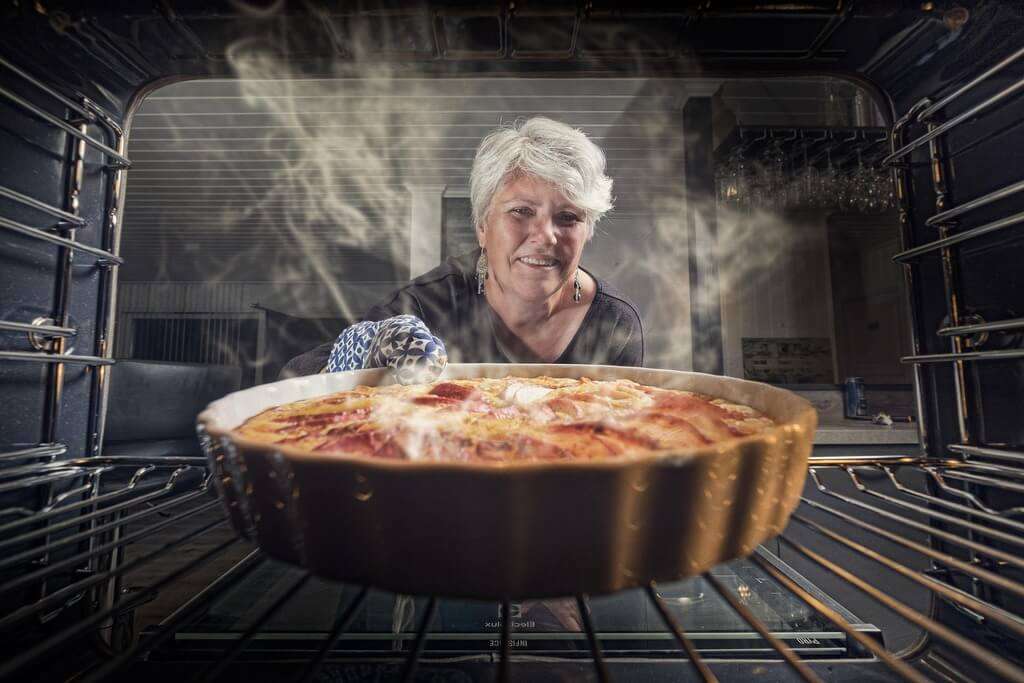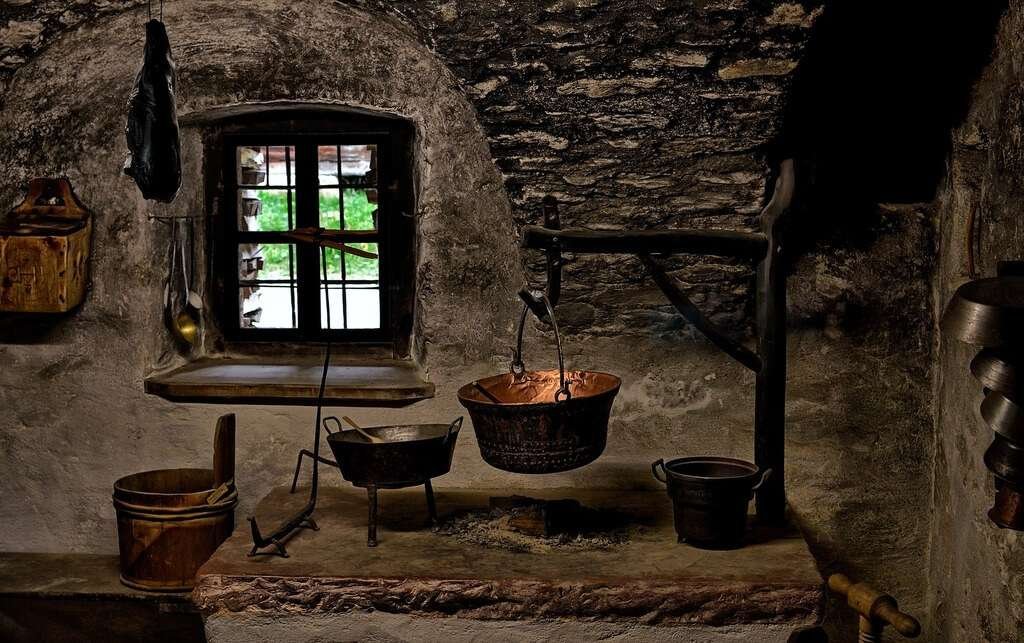Baking, a culinary art that has delighted palates across cultures and centuries, is a testament to human ingenuity and creativity. From its humble beginnings to today’s sophisticated techniques, baking has become a cornerstone of gastronomy. In this article, we delve into the intriguing history of baking, tracing its roots, evolution, and significance in shaping our culinary landscape.

Ancient Beginnings
The concept of baking dates back to the earliest civilizations, when people discovered that mixing ground grains with water and exposing the mixture to heat produced a palatable form of sustenance. Ancient Egyptians are credited with refining this technique, harnessing the power of ovens made from mud and clay. These rudimentary ovens paved the way for unleavened flatbreads, such as the iconic Egyptian Aish Baladi, a staple that sustained generations.
The Leavening Leap
One of the most pivotal developments in baking history was the discovery of leavening agents. The rise of breadmaking took an exciting turn when bakers stumbled upon the transformative effects of wild yeast. Fermentation, an accidental occurrence, was harnessed to create lighter, fluffier bread varieties. The Babylonians, around 300 BC, are believed to have been the first to actively cultivate yeast, contributing to the proliferation of leavened bread across ancient civilizations.
The Roman Influence
The art of baking spread throughout the Roman Empire, where culinary innovation often reflected social status. Wealthy Romans enjoyed bread from finely ground wheat, while the lower classes consumed coarser versions. Public bakeries emerged, becoming vital hubs of daily life. Roman bakers played a significant role in advancing baking techniques, experimenting with various grains, and perfecting baking methods.
The Middle Ages And Beyond
The Middle Ages witnessed a surge in baking techniques and the emergence of distinct regional recipes. As trade routes expanded, ingredients like spices, sugar, and exotic fruits found their way into baked goods, transforming them into delicacies. In the 17th century, baking took off with the advent of enclosed brick ovens, providing more consistent and controlled heat. This led to the creation of rich, layered pastries, tarts, and pies that remain beloved desserts today.

Modern Baking Advancements
The Industrial Revolution marked a turning point in baking history. The mechanization of production processes led to the mass production of baked goods, making them more accessible to a broader audience. With the invention of the modern oven, baking techniques became standardized and reliable. The 19th century saw the birth of baking powder, a revolutionary leavening agent that eliminated the need for laborious fermentation processes. As a result, cakes, biscuits, and other pastries became more consistent and easier to produce.
Baking Across Cultures
Baking transcended borders, adapting to local tastes and traditions. In France, the delicate art of patisserie blossomed, giving rise to exquisite croissants, éclairs, and macarons. Meanwhile, Italy celebrated its rich baking heritage with creations like pizza and focaccia. In Central and Eastern Europe, a plethora of bread varieties showcased the region’s cultural diversity.
Baking Pork Chops In Oven: A Culinary Delight
As we explore the evolution of baking, it’s essential to touch on how this culinary technique has also been applied to meats. Baking pork chops in the oven is a prime example of how baking methods have expanded beyond bread and pastries. This mouthwatering preparation infuses the pork chops with flavors, creating a succulent and tender dish. To bake pork chops in the oven, follow these steps.

Preparation: Season the pork chops with herbs, spices, and marinades. Allow them to marinate for at least 30 minutes to enhance the flavors.
Preheating: Preheat your oven to around 375F (190C). Ensure your oven is properly heated to ensure even cooking.
Searing: Heat a skillet over medium-high heat and sear the pork chops on both sides until they develop a golden-brown crust. This step locks in the juices and adds a delightful texture to the final dish.
Baking: Transfer the seared pork chops to a baking dish or oven-safe skillet. Place the dish in the oven and bake for 15-20 minutes or until the internal temperature reaches 145F (63C).
Resting: Once the pork chops are cooked to perfection, remove them from the oven and rest for a few minutes. This step allows the juices to redistribute, resulting in juicier and more tender meat.
Serving: Serve the baked pork chops with your favorite side dishes, such as roasted vegetables, mashed potatoes, or a fresh salad.
Final Thoughts
Baking, a culinary marvel with roots tracing back to ancient civilizations, has evolved into an art that continues to shape our gastronomic experiences. From its humble beginnings with flatbreads to the intricacies of modern pastries, baking has captivated palates across cultures and centuries. As we savor the delightful results of baking, let us remember the rich history and innovation that have brought us these delectable creations. So, whether it’s a freshly baked loaf of bread or a succulent pork chop straight from the oven, every bite is a testament to the evolution of baking’s time-honored tradition.
